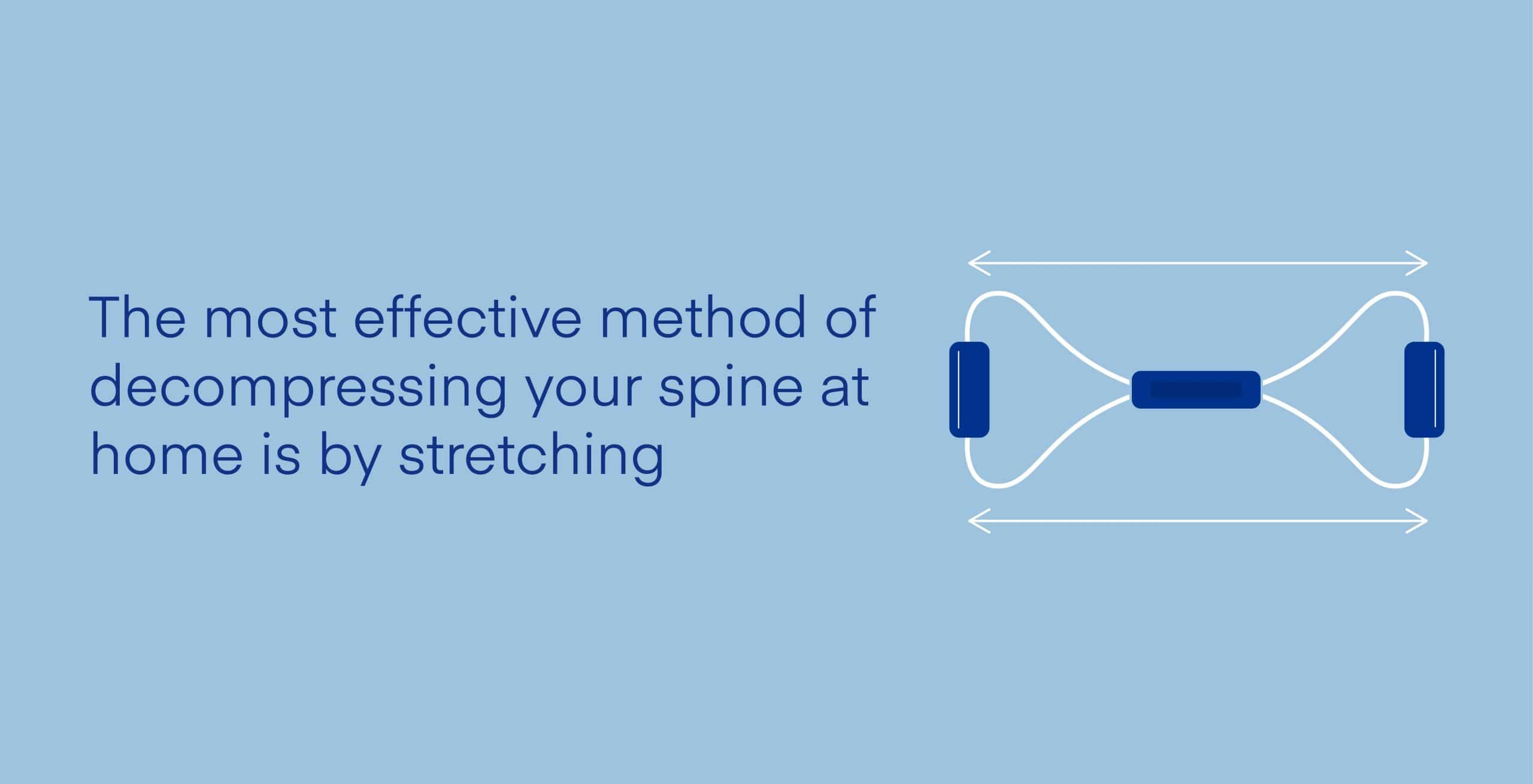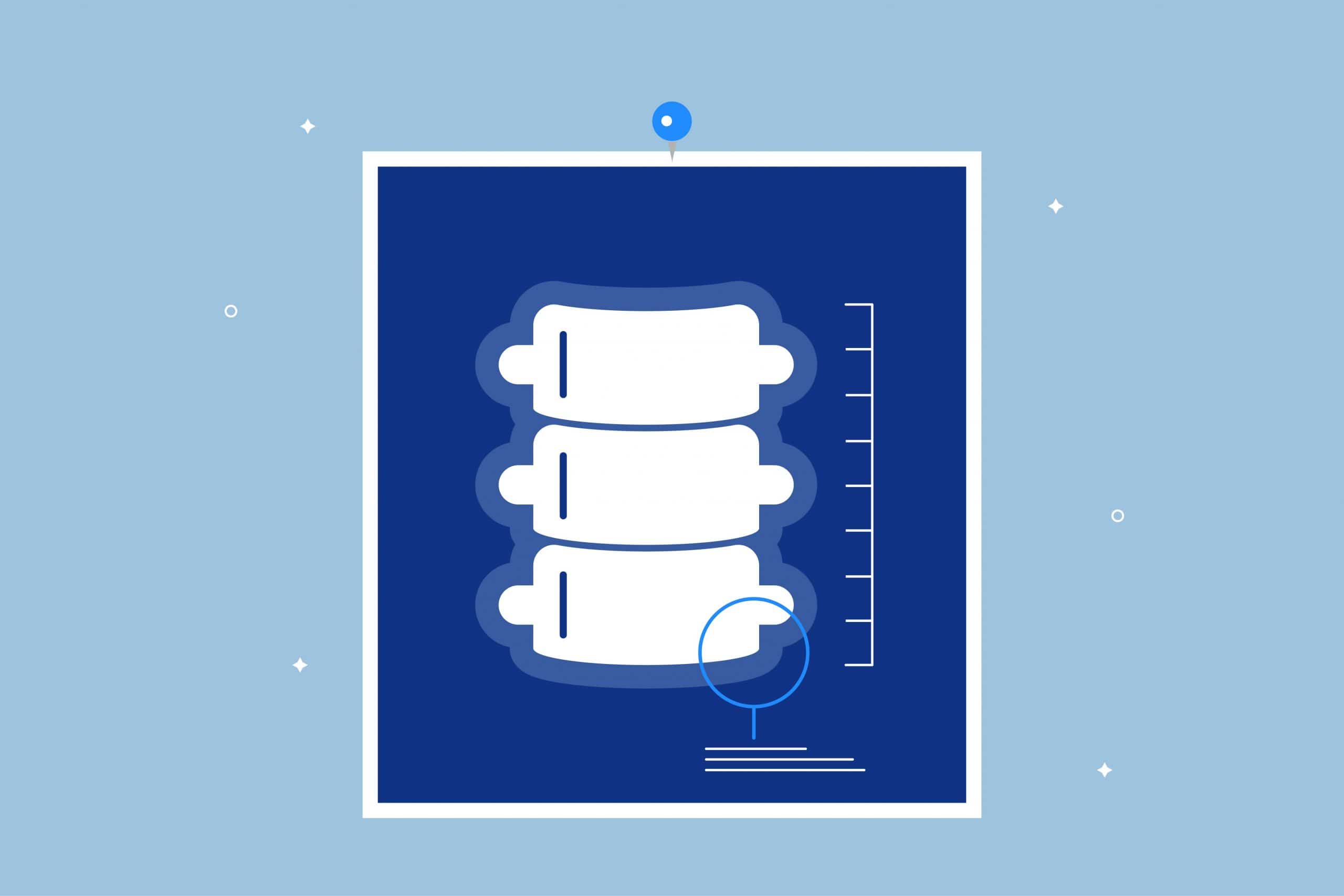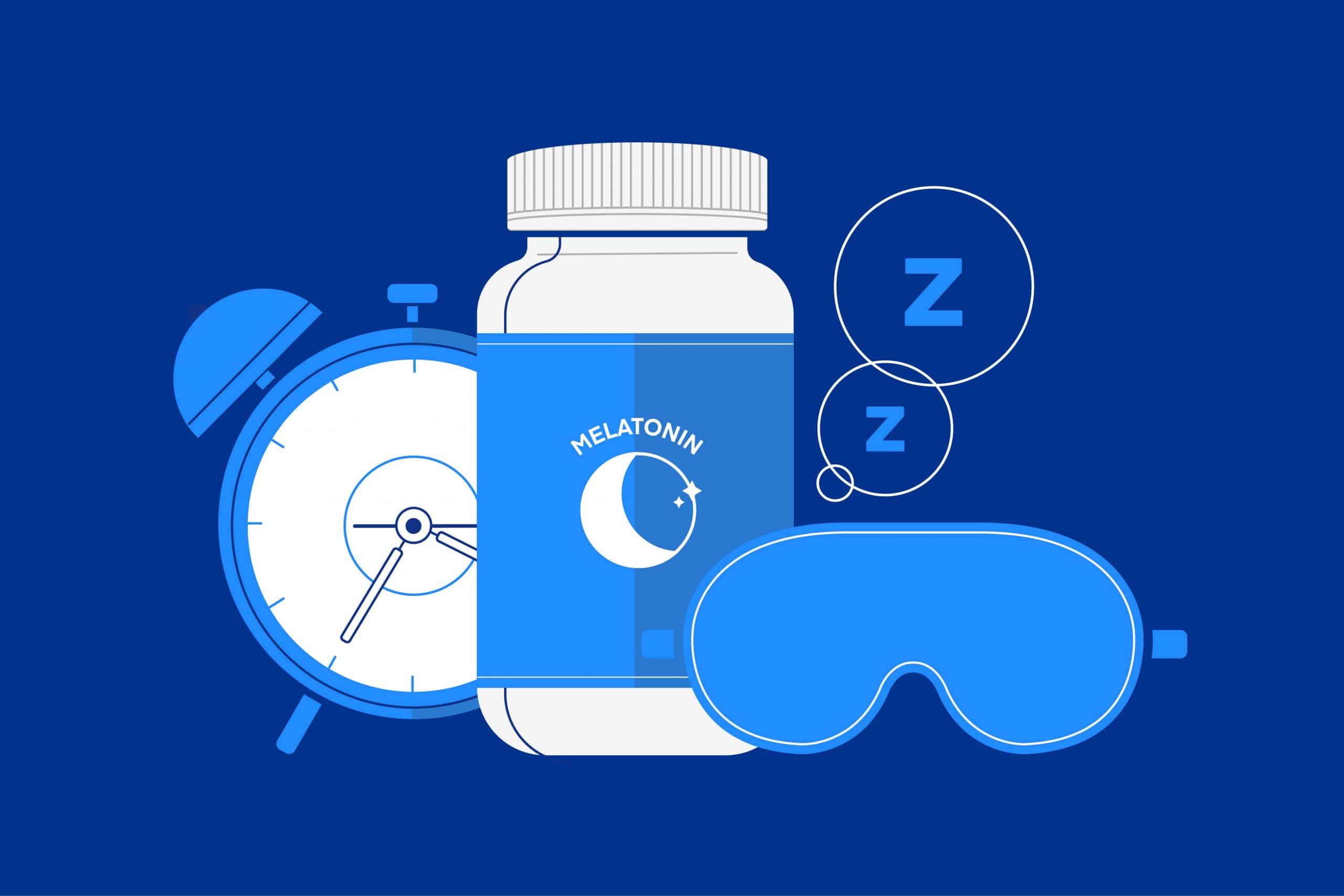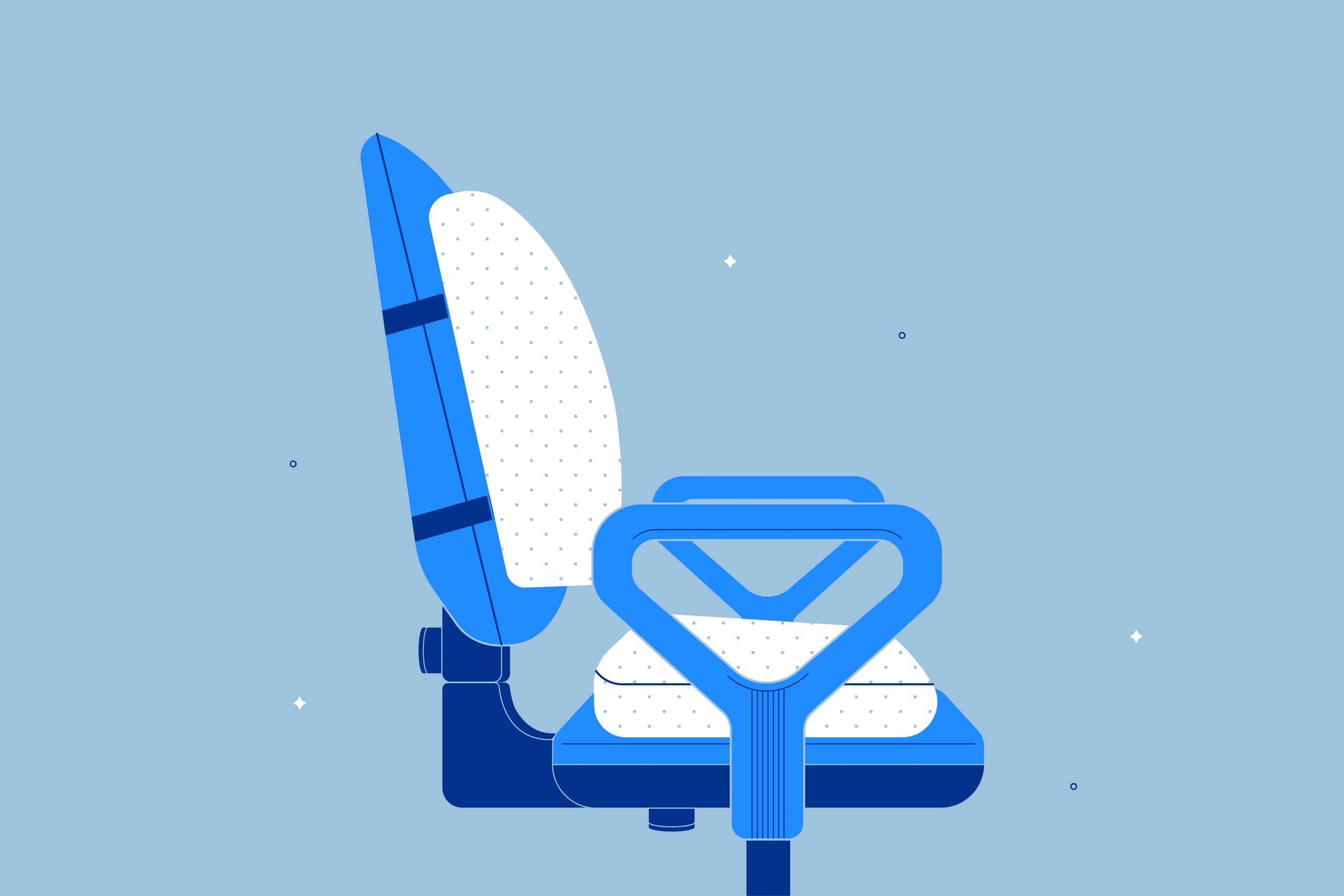Though many people have dealt with back pain to some extent, chronic pain can be incredibly frustrating, especially if nothing seems to help it. Spinal decompression is a form of therapy designed for individuals struggling with chronic back and neck pain. It also treats sciatica, injured spinal nerve roots, and worn-out spinal joints.
Before turning to spinal decompression, doctors typically suggest simpler treatments, such as hot and cold therapy, medication, and visiting a chiropractor. However, if none of these treatments help you find lower back pain relief, spinal decompression therapy might be the answer.
What Is Non-Surgical Spinal Decompression?
Non-surgical spinal decompression is a non-invasive spinal traction procedure. Spinal traction is a treatment where the spinal column is pulled in opposite directions for repositioning. There are no medications involved; it’s merely a form of physical therapy.
Patients lay on a motorized traction device to relieve debilitating lower back pain. The motorized traction device, or spinal decompression table, stretches the spine to adjust it and remove pressure on the spinal discs. The treatment is especially helpful if you have herniated or bulging discs or degenerative disc disease.
Patients complete non-surgical spinal decompression therapy over a series of visits lasting several weeks to months—the exact length of treatment varies on the extent of the condition and the treatment center. Generally, patients complete between 20 to 28 treatments lasting 15 to 45 minutes over a five to seven-week timespan.
Pros and Cons of Non-Surgical Spinal Decompression Therapy
Pros
- Long-lasting and rapid results
- Non-invasive
- Quick treatments
Cons
- Treatment takes several months
- May be ineffective for certain patients
What is Surgical Spinal Decompression?
If other treatments have proven ineffective, doctors may recommend surgical spinal decompression to relieve lower back pain. Neurosurgeons and orthopedic surgeons conduct this surgery to relieve spinal cord pressure and reduce pain and weakness. As with many other surgeries, it can take 4 to 6 weeks to heal and return to normal mobility.
There are several types of spinal decompression surgery and the best option for you depends on your exact symptoms and condition. Your doctor will perform X-rays before determining the correct surgery for your body.
Surgeries to decompress the spine include:
- Discectomy: Verified Source Medline Plus Online resource offered by the National Library of Medicine and part of the National Institutes of Health. View source Surgery to remove a portion of the spinal disc compressing the affected spinal nerve.
- Laminotomy (laminectomy): Verified Source Medline Plus Online resource offered by the National Library of Medicine and part of the National Institutes of Health. View source Surgery to remove either a section of or the entire bony arch in the spine and increase the size of the spinal canal.
- Laminoplasty: Verified Source National Library of Medicine (NIH) World’s largest medical library, making biomedical data and information more accessible. View source Surgery to expand the spinal canal by cutting one side of the laminae. Laminoplasty is only for cervical (neck) spine conditions.
- Foraminotomy (foraminectomy): Verified Source Medline Plus Online resource offered by the National Library of Medicine and part of the National Institutes of Health. View source Surgery to remove bone and tissue and expand the openings of spinal nerve roots.
- Osteophyte removal: Verified Source National Library of Medicine (NIH) World’s largest medical library, making biomedical data and information more accessible. View source Surgery to remove bony growths on the spine.
- Corpectomy: Surgery to remove vertebral bodies along the spinal discs.
Pros and Con of Spinal Decompression Surgery
Pros
- Relieves weakness, numbness, tingling
- Improves lower back pain
Cons
- Last resort option
- Invasive
- Long recovery time
What Is A Spinal Decompression Table?
A spinal decompression table is a tool for non-surgical spinal decompression. These tables have pillows and cushions so patients can rest during treatment and focus on relaxing. There are two types of tables used, though one is more effective than the other.
The first type of table has a cable and pulley system to pull on the patient’s body and stretch their spine. It may not be as useful of a device because the upper and lower body receives the same amount of pull from the table.
The second decompression table has two sections for the upper and lower body and they move independently to stretch the spine. Doctors strap a patient down with a harness to keep them on the table and, using a computer, the table begins pulling apart from each other to relieve pressure on the spine. This decompression table effectively treats pain and prevents muscle guarding throughout the treatment session.
Who Is a Candidate for Spinal Decompression?
Individuals experiencing the following symptoms may benefit from spinal decompression therapy:
- Lower back pain radiating in the hips or down one leg
- Significant pain affecting your quality of life
- Pain not responding to other types of treatment
- Difficulty walking or standing
- Lower back pain only relieved by bending backward
If you suffer from these conditions, spinal decompression may relieve your pain:
- Chronic back, neck, or lower back pain
- Sciatica
- Bulging discs or degenerative disc disease
- Posterior facet syndrome
- Injured or diseased spinal nerve roots
Who Is Not a Candidate for Spinal Decompression?
Doctors won’t consider you for spinal decompression if you:
- Are pregnant
- Have broken or fractured vertebrae
- Have had a spinal fusion
- Have metal implants or implants in your spine
- Experienced failed back surgery or surgery with no improvement
- Take blood thinners
People who have the following conditions are also not candidates for spinal decompression:
- Osteoporosis Verified Source Medline Plus Online resource offered by the National Library of Medicine and part of the National Institutes of Health. View source
- Abdominal aortic aneurysm Verified Source Medline Plus Online resource offered by the National Library of Medicine and part of the National Institutes of Health. View source
- Spinal tumors Verified Source Medline Plus Online resource offered by the National Library of Medicine and part of the National Institutes of Health. View source
- Spinal stenosis Verified Source Medline Plus Online resource offered by the National Library of Medicine and part of the National Institutes of Health. View source
- Spinal infections Verified Source Medline Plus Online resource offered by the National Library of Medicine and part of the National Institutes of Health. View source
- Ankylosing Spondylitis Verified Source Medline Plus Online resource offered by the National Library of Medicine and part of the National Institutes of Health. View source
- Any conditions compromising the spine’s integrity Verified Source Medline Plus Online resource offered by the National Library of Medicine and part of the National Institutes of Health. View source
Risks Involved with Spinal Decompression
Based on existing PubMed studies Verified Source National Library of Medicine (NIH) World’s largest medical library, making biomedical data and information more accessible. View source spinal decompression therapy effectively relieves lower back pain. However, there still needs to be more research Verified Source National Library of Medicine (NIH) World’s largest medical library, making biomedical data and information more accessible. View source to determine who benefits most from this treatment. The primary risks involved with spinal decompression are from the surgical method, just like there are risks involved with all surgical procedures. These risks include:
- Infection
- Allergic reactions to anesthesia
- Nerve damage
- Dural tear
- Bleeding
- Blood clots
- Ineffective treatment for lower back pain
FAQs
Is spinal decompression painful?
The majority of patients who’ve experienced non-surgical spinal decompression note having no pain. It actually feels relaxing since the therapy is gentle and promotes healthy spinal alignment.
Patients undergoing surgical spinal decompression are under anesthesia, so they don’t feel anything during the surgery.
How quickly does non-surgical spinal decompression therapy work?
Patients can start seeing pain relief within the first week of treatment. However, it usually takes within 2 to 3 weeks for patients to experience a significant pain reduction. Some patients may not find pain relief until the last 5 to 7 weeks of treatment.
How can you decompress your spine at home?

The most effective method of decompressing your spine at home is by stretching. Here are several ways to stretch your spine:
Lie on the floor with your back flat, bring your knees to your chest, and hold. This position curls the spine, opening the space and pressure between the vertebrae.
Another position is to lay on your stomach on your bed with a firm pillow under your hips and your arms hanging off the side of your bed. The pillow opens up your spine and decompresses it, but if you don’t notice any pressure relief, add another pillow under your hips.
The cat-dog, or cat-cow, stretch is an easy and relaxing way to decompress your spine. Start on your hands and knees and then tuck your pelvis in (posterior pelvic tilt) and bring your chin towards your chest, all while taking a deep breath. On your exhale, bring your face and eyes forward and arch your back and pelvis (anterior pelvic tilt).
Can you treat lower back pain from home?
Yes, you can treat acute or mild back pain from home. Some home remedies for lower back pain include:
- Hot and cold therapy
- Self-massaging
- Stretching and exercise
- Avoiding extended bed rest
- Over-the-counter (OTC) pain relievers
- Maintaining good posture
- Losing weight (if overweight or obese)
- Get adequate sleep
If your pain is extending beyond 12 weeks, debilitating, or not improving despite treatment, talk to your doctor. Physical therapy or a visit to the chiropractor might be the next best option.
It is also helpful to make sure you are resting on a high-quality mattress and in the right sleep position for lower back pain. Sleep positions that force the spine to bow can exaggerate pain and prevent healing. Additionally, using a wedge pillow can relieve lower back pain by easing tension and allowing the back muscles to fully relax.
Do inversion tables help lower back pain?
Inversion therapy does help with lower back pain, but it only provides temporary relief. Inversion tables are a form of spinal traction where a person hangs at an angle or upside-down by their feet and ankles. The position stretches the muscles and tissues in the back, removing pressure off the nerves and spinal discs, effectively decompressing the spine.
Compared to non-surgical or surgical spinal decompression, inversion tables are more accessible since they’re inexpensive and you can use them in your home. However, individuals who have conditions such as glaucoma, high blood pressure, and heart disease should avoid using inversion tables.
Spinal Decompression for Lower Back Pain
Spinal decompression needs further research, but thus far, it seems like an effective method of physical therapy. Due to the lack of research, it’s difficult for doctors to determine who benefits from spinal decompression, so not everyone who goes through the treatment will find pain relief.
Non-surgical spinal decompression isn’t invasive, so it’s a good starting point for patients in need of pain relief and, if it doesn’t work, there’s no harm done. However, patients struggling to find relief might consider speaking to their doctor about surgical spinal decompression.
About the author
McKenzie Hyde is a Certified Sleep Science Coach and a full-time writer focused on sleep health and the mattress industry. She currently writes articles on a variety of topics, ranging from sleep hygiene to the newest trends in the mattress and bedding industry. Just some of the topics she has covered include best sleep practices for students, the consequences of going without sleep, and choosing the right bed if you suffer from back pain. McKenzie Hyde holds a Master of Arts degree from Utah State University where she studied literature and writing. While there, she taught argumentative writing and wrote a variety of articles and analyses for literary and academic journals.
View all posts





